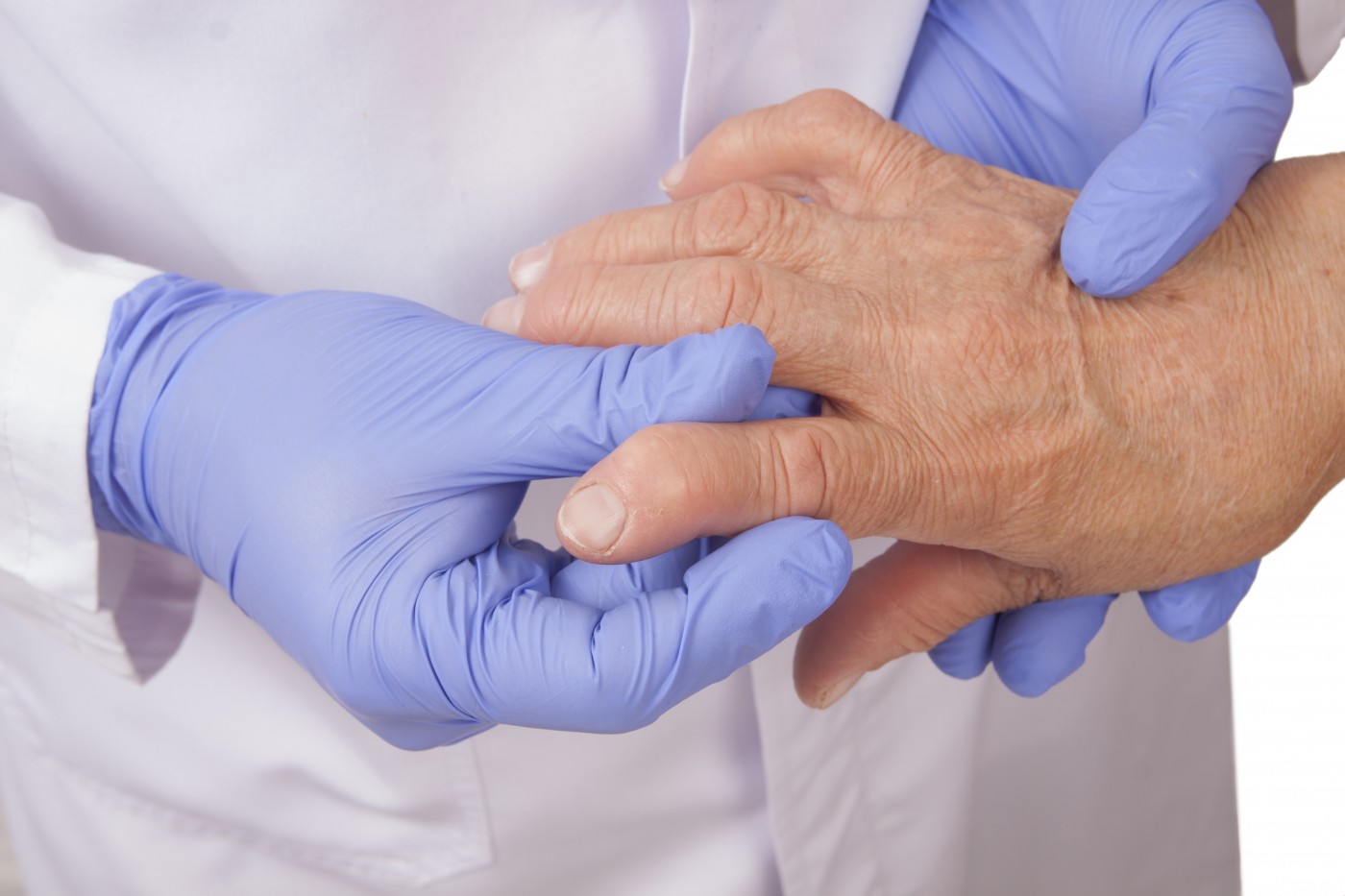Decreased levels of perceived pain may cause older patients with rheumatoid arthritis to underestimate disease activity compared to younger patients. These findings, which have clinical implications for current measurements of disease severity, were presented during the American College of Rheumatology’s annual meeting in San Francisco.
University of Pittsburgh researchers categorized 740 rheumatoid arthritis (RA) patients, with data retrieved from the university’s Rheumatoid Arthritis Comparative Effectiveness Registry (RACER). Based on age, the team categorized two groups of RA patients: those younger than 60 years and patients age 60 or older (median age was 61.2 years and median disease duration was 14.4 years).
The team assessed patients at baseline using a modified DAS28 incorporated with levels of C-reactive protein (CRP), and defined moderate inflammation as a modified DAS28 score over the 50th percentile, which was present in 370 of all RA patients.
Results from the statistical analysis revealed there was a negative correlation between patient levels of pain and age, even after adjustment for race, sex, inflammation, and comorbidities. Data further showed that among the group of 189 patients with moderate inflammation, those older than 60 years had lower pain levels, patient global assessment scores, tender joints, physician global assessment scores, Routine Assessment of Patient Index Data 3 (RAPID3) scores and DAS28-CRP when compared with younger patients. However, older patients had a higher number of swollen joints.
Statistical analysis revealed there were no group differences when considering physical health based on the SF-12 health survey. Mental health score results were higher among the older group of patients, while patients with disease activity below the 50th percentile showed no differences based on age.
“Decreased pain level in older RA patients with a similar degree of joint inflammation as younger RA patients leads to underestimation of disease activity measured by either patient-reported outcome (RAPID3) or composite disease activity index (DAS28-CRP),” the researchers wrote, according to a news release. “This suggests that current clinical disease activity measurements may not fully reflect the severity of disease in older RA patients.”


